The Hidden Bugatti Diatto Alliance
 by Claude Teisen-Simony
by Claude Teisen-Simony
“Aero-engine racing cars attracted a lot of attention all over Europe after WWI. Also at the iconic La Turbie hill climb in March 1922, when a powerful aero-engined Bugatti was entered. We will not know if Bugatti was behind this entrance. But it could be another attempt by Bugatti to gain publicity from an aero-engined racing car, like he did when he built a racing car with his 5-litre Bugatti aero-engine-pre WWI.
What we do know for a fact is that when Ettore Bugatti made the first version of the Royale in 1924—his personal Bugatti Royale ch.no. 41100—it had the same design and capacity as the Bugatti AVIO 8C.”
Putting words like hidden or forbidden, colored in red no less, right into the titles of his first two books is surely more than an attention grab—the subject matter in each case would do that all by itself—but Teisen-Simony does seem to relish, or at least not mind, poking the proverbial bear, meaning to step into grey areas. Nothing wrong with that but books like that are not easy to write, or review. A key premise of the book is that without Pietro Diatto there might not have been any Bugatti-branded automobiles after WWI.

The aero-engined AVIO 8C entry at the La Turbie hill-climb in 1922, and its recreation 100 years later.
People with at least a toe in the Bugatti world should note that in this book Teisen-Simony builds on work by a pillar of the community, the late German banker Uwe Hucke (d. 2002) whose reputation as a discriminating collector was as unassailable as his meticulous research. Mention his name alongside that of, say, Hugh Conway and you would do neither man a disservice. The latter is also among the many sources the author credits, including luminaries such as Griff Borgeson and the now very elderly Frank Lugg whose research included interviews with the Maserati brothers and the son of the important engineer Giuseppi Coda. Norbert Steinhauser’s research and writing, based on his analysis of Bugatti archives from Molsheim is mentioned particularly, and all this is relevant because it establishes that this book does not exist in a vacuum. Also, it is an expanded version of material first introduced in the American Bugatti Club’s magazine Pur Sang (Summer 2020).

Period advert in the magazine “Motori Aero Cicli e Sports” of December 1916 for Diatto aero engine announcing the successful 50-hours test.
The book begins with a summary of Ettore Bugatti’s financial circumstances during World War One. War-related work would prove so lucrative for Bugatti that he was keen on continuing with aero engines after the war, which brings the Diatto of the book’s title into the story. He had a different idea.
A florid translation from an unnamed Italian magazine of 1919 describes the merging of Bugatti’s and Diatto’s talents. Nine years older than Bugatti, Pietro Diatto was the grandson of the founder of a by then substantial  engineering firm in Turin. He proposed that he supply the funds for Bugatti to restart car production in Molsheim and in exchange receive 50 rolling chassis with Diatto radiator and Bugatti badge that his Paris agent would body and distribute in France.
engineering firm in Turin. He proposed that he supply the funds for Bugatti to restart car production in Molsheim and in exchange receive 50 rolling chassis with Diatto radiator and Bugatti badge that his Paris agent would body and distribute in France.
Among Bugatti’s aero engines of WWI had been an 8-cylinder design of two 4-cylinder steel blocks of 120 x 160 mm for 14.5 liters; Diatto’s agent negotiated for one to be sent to Turin to be tried in a race car. Successful testing resulted in further orders; how many were built is not known but in March 1922 at La Turbie hill-climb, in the mountains above Nice, an aero-engined chain-drive Bugatti was entered by the Brazilian driver Jules de Moraes. There are two images of this, a sort of scaled-up version of the Type 18 5L cars popularly known as the “Black Bess” cars, and there is a fascinating sequel at the end of the book.
Information new to this reviewer is that the famous hollow Bugatti front axle was developed with Diatto’s facilities together with Giuseppe Coda, and with Casaralta as the forging craftsman, their initials resulting in it being named the BCC axle.
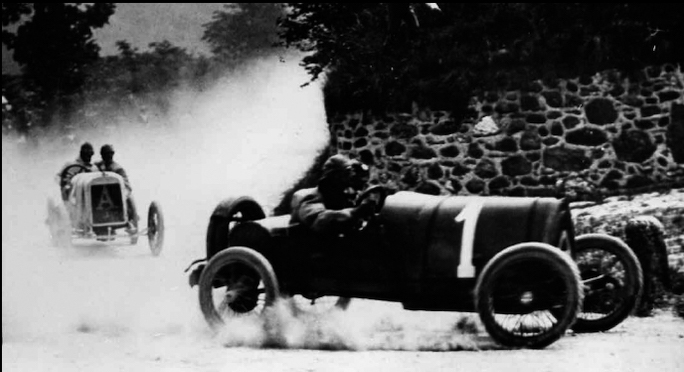
A 1921 photo from the Garda circuit (p. 49) shows Constantini in Diatto Bugatti #929 being pursued by Silvani (the designer of cylinder heads sometimes fitted to FIATs) in what the text describes as a “DOHC 8-valve Diatto Bugatti.” The 8-valve models did not have the standard horseshoe-shaped radiator; Silvani’s car (a short-chassis Type 13 or 19, possibly #745) apparently has no badging.
Teisen-Simony suggests another link between Bugatti and Diatto dating from the former’s visit to his home city, Milan, in 1925, and then his long bow is aimed at the web that links the twin overhead camshaft designs of the Fratelli Maserati, Ballot, Sunbeam, Duesenberg, and Miller. The author’s narrative accompanying photos and period documents is exceedingly short so, absent further context or a citation of source material, certain quandaries present themselves to the reader who wants to unpack a complex statement such as, for instance (p. 68): “At the end of the World War One in December 1918, the driver René Thomas and [engineer] Ernest Henry offered to Maurice Ballot the design of a race car that Ernest Henry had made during the war. The latter accepted and thus aimed to participate in the 1919 Indianapolis 500, the first post-war Indianapolis race. Ernest Henry had 101 days (it was in fact necessary to leave Paris no later than April 26, 1919, in order not to miss the boat) to finalize his study and create 4 complete cars for this event.” Teisen-Simony doesn’t exactly guide us through the relationships linking Bugatti, Diatto, Maserati, Ballot, Sunbeam, Duesenberg, and Miller so much as offers clues and suggestions for further research (cf. “1912-14 Peugeots” on forums.autosport.com is recommended).
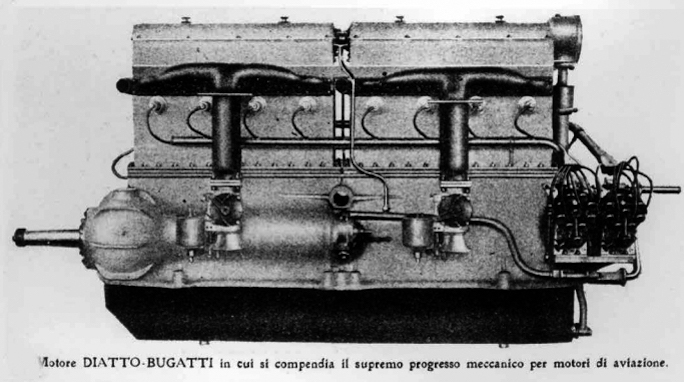
Diatto Bugatti aero engine from an advertisement.

AVIO 8C engine photographed by Stefan Marjoram.
Back to the AVIO 8C; in 1898 Roberto Biscaretti, Count di Ruffia founded the Turin Automobile Club (to become the Automobile Club of Italy) and a year later was one of the founders of FIAT. Given his involvement with automobiles it is no wonder he had a personal collection, which, after his death was turned by his son Carlo into the Museo dell Automobile Carlo Biscaretti di Ruffia. Carlo died in 1959 but the museum expanded and continued, later to become the Museo Nazionale dell’Automobile; it is here that the steel-block AVIO 8C aero-engine that had been tested by Diatto was discovered along with, to quote Teisen-Simony, “a prototype chassis believed to be crafted by Bugatti in his Diatto test facility.” These eventually passed to the aforementioned Uwe Hucke, and after his death Claude Teisen-Simony acquired the project.
The last portion of the book is devoted to “The Bugatti AVIO 8C Royale Prototype” and its completion in the Czech Republic and England. Now running, perhaps the first time since its last outing at La Turbie over a century ago, it has appeared at Vintage Montlhéry in May 2022 and Bicester Heritage the following year. In contrast to the sometimes murky, historical images elsewhere in the book, it is graced by Stefan Marjoram’s photographs; his drawings published in The Automobile and elsewhere may induce whimpering from aspiring automotive artists.
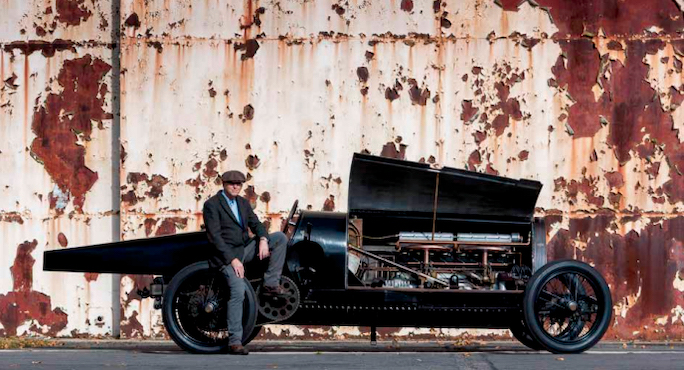
AVIO 8C Royale with the author, photographed by Stefan Marjoram.
The book concludes with: “Thank you very much for your attention. It is not easy to clarify the content of the countless hours of research in condensed form, but it is my hope that others will find it as enjoyable and interesting as I have. It is an important part of the early Bugatti history which led to the Bugatti heydays of the ‘20s and ‘30s. We shall probably never know exactly what the intentions were, or what the proper chronology was. However, the historical facts of the aero-engines and the period around WW1 provides a fascinating insight into this not so well-known chapter of early industrial Bugatti history. My research is by no means conclusive, but it is my hope that you will have found this book as interesting as I have found the research rewarding. This chapter of the Bugatti history is fascinating and calls for much more research in the future. Vive la Marque.”
Copyright 2024, Tom King (speedreaders.info).


 RSS Feed - Comments
RSS Feed - Comments

















































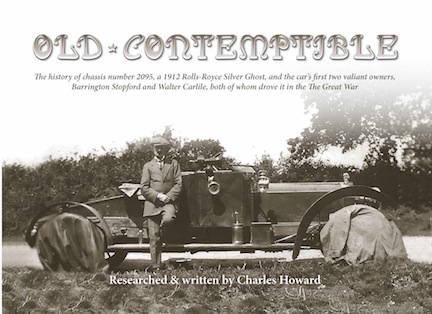

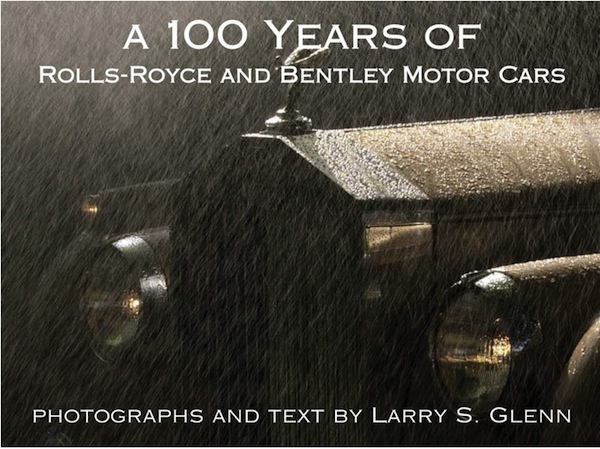


















 Phone / Mail / Email
Phone / Mail / Email RSS Feed
RSS Feed Facebook
Facebook Twitter
Twitter
Calling the de Moraes car a Bugatti is complete nonsense. I published about this car first on my website, especially because the car has a Bugatti-style radiator. However, no detailed information on the car could be found. It was called the de Moraes special, so he must have built it himself, using some chassis of unknown provenance. Also, there is no info about the type of engine used, probably an aero engine, but which one?
The engine used was most certainly not the Bugatti Diatto straight 8, as only one of those engines is known to have been built.
Thus, the book is filled with speculation, with very little research to actually prove that the chassis of that car was built by Bugatti.
Furthermore, Ettore Bugatti was always very proud of what he achieved, even put a photo of his 1901 type 2 on his 1927 Christmas Card. If he had had anything to do with the de Moraes special at La Turbie in 1922, he certainly would have told anybody who would like to hear it, and also those who wouldn’t.